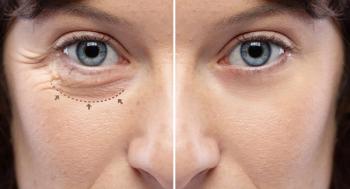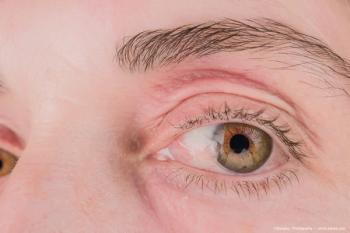
|Articles|December 1, 2002
New strategies needed for long-term filtering bleb survival
Newark, NJ-Multimodal therapy, close surveillance with prompt intervention for early signs of failure, and long-term suppression of fibroblastic activity may help improve long-term success rates of glaucoma filtering surgery, said Paul J. Lama, MD.
Advertisement
Newsletter
Don’t miss out—get Ophthalmology Times updates on the latest clinical advancements and expert interviews, straight to your inbox.
Advertisement
Advertisement
Advertisement
Trending on Ophthalmology Times - Clinical Insights for Eye Specialists
1
Refractory dry eye care: How systemic conditions change the game
2
The year in optometry: 10 stories that defined eye care in 2025
3
Glaucoma 2026: Which emerging technologies will change practice?
4
Reflections from the floor: AAO memories that shaped careers
5





